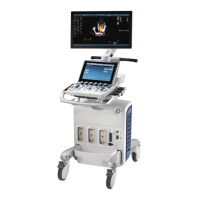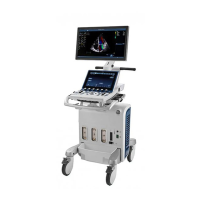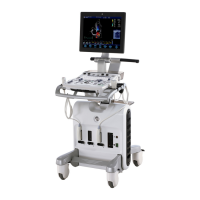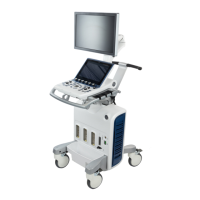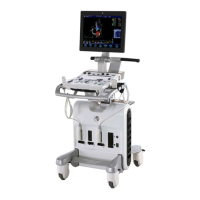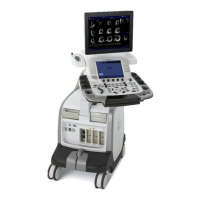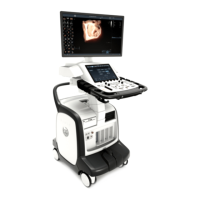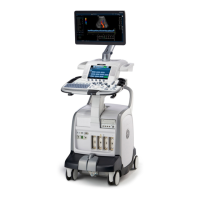CHAPTER 3 System Setup Page: 89 Overview Introduction to system setup procedures, including transportation and unpacking.
Setup Reminders Provides average setup times and important warnings for the system setup process.
Preparing for Setup Details steps for verifying the order, performing physical and component inspections.
Completing the Setup Covers system specifications, electrical requirements, and peripheral connections for final setup.
Configuration Guides through system configuration, including location, date/time, language, and video settings.
Connectivity Setup Provides instructions for setting up TCP/IP, remote archive, and wireless network configurations.
Options Setup Details procedures for software options, color video printer, USB flash card, and wireless network setup.
CHAPTER 5 Components and Function (Theory) Page: 28 Overview Introduction to system concepts, component arrangement, and subsystem functions.
General Information Overview of the Vivid S60/S70 system, its capabilities, and main hardware components.
Front End Unit Overview of the Front End Unit, its modules, and their functions.
Back End Unit Introduction to the Back End Unit, its role as the main system controller, and its modules.
Cooling System Details the system's cooling fans and their locations, and the overall cooling requirement.
Peripherals Lists and describes internal and external peripherals like printers, footswitches, and storage devices.
CHAPTER 3 System Setup Page: 89 Overview Introduction to system setup procedures, including transportation and unpacking.
Setup Reminders Provides average setup times and important warnings for the system setup process.
Preparing for Setup Details steps for verifying the order, performing physical and component inspections.
Completing the Setup Covers system specifications, electrical requirements, and peripheral connections for final setup.
Configuration Guides through system configuration, including location, date/time, language, and video settings.
Connectivity Setup Provides instructions for setting up TCP/IP, remote archive, and wireless network configurations.
Options Setup Details procedures for software options, color video printer, USB flash card, and wireless network setup.
CHAPTER 5 Components and Function (Theory) Page: 28 Overview Introduction to system concepts, component arrangement, and subsystem functions.
General Information Overview of the Vivid S60/S70 system, its capabilities, and main hardware components.
Front End Unit Overview of the Front End Unit, its modules, and their functions.
Back End Unit Introduction to the Back End Unit, its role as the main system controller, and its modules.
Cooling System Details the system's cooling fans and their locations, and the overall cooling requirement.
Peripherals Lists and describes internal and external peripherals like printers, footswitches, and storage devices.
